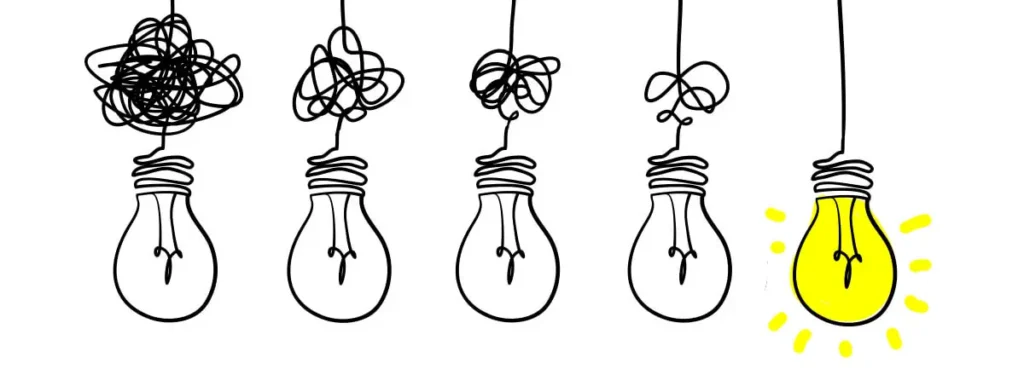You’ve just got your venture off the ground, and it’s time to think about what your brand is going to look like.
Creating a strong brand identity takes research and the right expertise. But as a designer with nearly 30 years’ experience in working with new companies, I understand that time is tight – and budgets are often even tighter. Although my start-up design packages will really help you to launch your idea with confidence, sometimes the funds just aren’t there, and there’s no option but to work on your brand yourself.
If you find yourself in this camp, don’t panic. Evolution is a big part of being in business, and you can always get a professional to develop your initial concepts a little further down the line, if you need to. For now, you just need to focus on following a few basic branding principles that will ensure your designs look carefully considered and completely credible – and make sure you steer clear of some common blunders that could cost you that vital first impression.
Here are five of the main design mistakes new businesses often make. Make sure you bear these in mind when you’re designing your initial graphics and other assets (or getting a friend or family member to do the job for you).
1. Going colour-crazy
Knowing how to select and apply colour is a big part of my job as a graphic designer, because the shades I choose for my clients’ brands can make a huge difference to the way their companies are perceived.
This great article from Econsultancy explains more about the role that colours play in the development of a unique identity – but my advice for any inexperienced designer is, keep things as simple as you can. Creativity is important, but looking professional is ultimately what it’s all about!
Choose up to three colours that you believe best represent what your company stands for and stick with them religiously. Typically, you’ll need to pick a base, an accent colour, and a neutral that can be used for backgrounds and larger areas.
2. Using too many fonts
I see this a lot – and it pains me every time! Applying too many different fonts to your visuals will make your brand look amateur at best. As with your brand colours, choose a couple of typefaces that complement each other. One should be what’s known as a body font, which is used for the majority of your copy. You can use a more stylised option for titles and headers that need to grab your audience’s attention.
Serif or sans-serif fonts deliver a classic look that lends itself well to most brands. Try Helvetica, Arial, Calibri or Baskerville to start with. You can learn more about the differences between serif and sans-serif fonts here.
3. Creating a logo in raster format
Raster (or bitmap) images look OK to the naked eye, but because they are formed of a grid of square pixels, they often lose their sharpness when they’re expanded or reduced right down. That’s why I always recommend that start-ups create their logo in vector format. Vectors are much more scalable and can be re-sized without losing their quality – so they’ll look the same whether they’re plastered across your roller banners or added to your business cards.
4. Being scared of white space
To make sure everything you produce is easy to read, be sure to use enough white space in between your lines, paragraphs and images. Leaving a suitable amount of negative space around each element will help the viewer to digest what they’re seeing. This technique can also be used to draw attention to key parts of your visuals, including the calls to action that you’ll need to add to your marketing materials to let your readers know what they need to do next.
5. Not creating clear brand guidelines from the beginning
Brand guidelines are the rules that define the look and feel of your brand. They are essential to making sure that everything you create for your business looks both recognisable and consistent.
Your brand guidelines document will provide everyone with instructions on how to apply your brand’s colour palette; which fonts and typography to use, and where; how your logo should be used, with examples of how it might be applied in different formats and scenarios; and anything else you think is useful when advising people on how to replicate your visual identity. Of course, they will be a work in progress – because every brand changes over time! – but they should be drafted up straightaway, so everyone has a blueprint to follow (including you).
